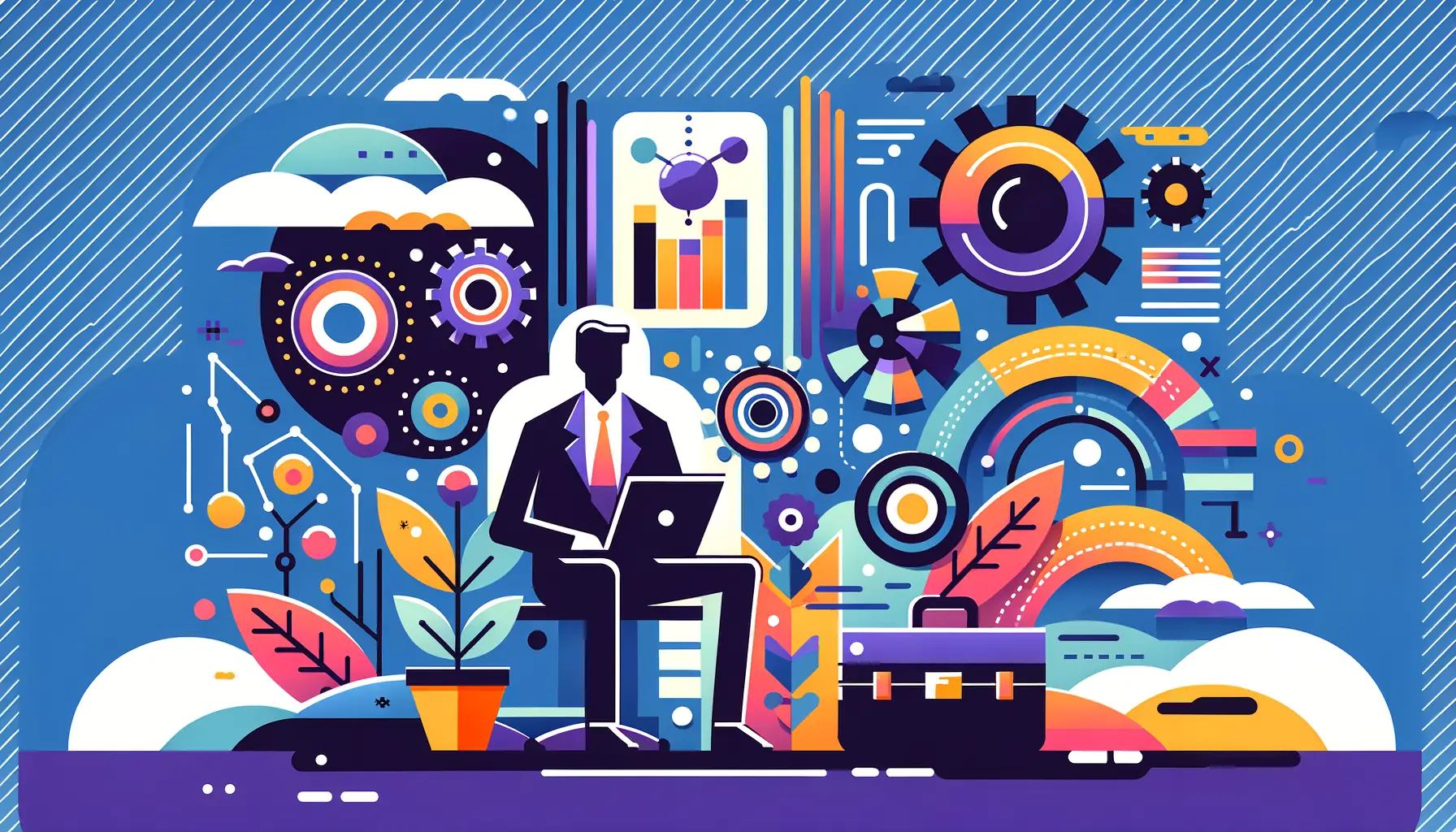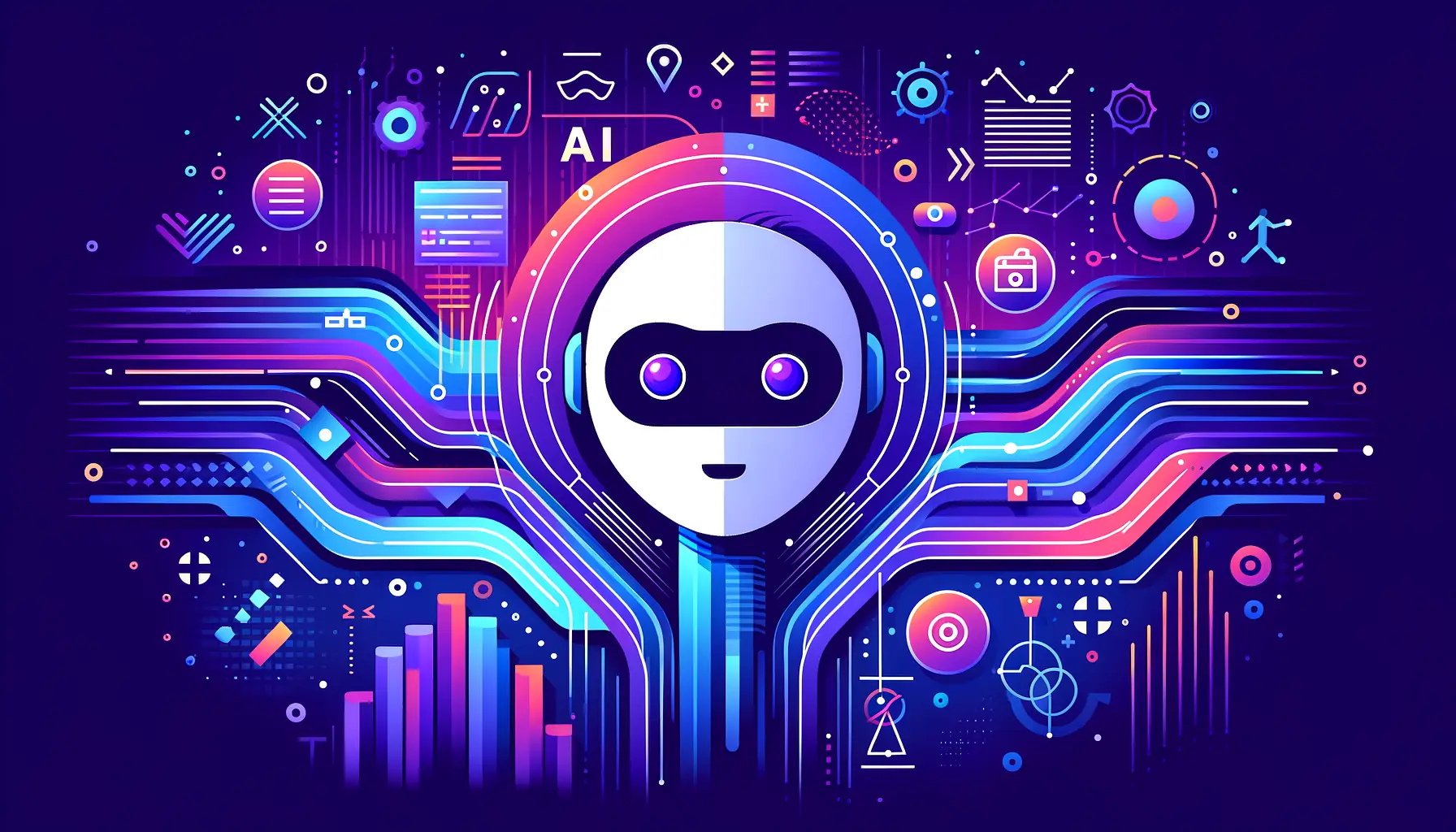From SaaS Tools to AI Workforce: The Category We're Creating
The SaaS Trap Nobody Talks About:
Your business runs on 47 software tools. You know because you just got the bill.
- CRM: $129/user/month
- Project management: $79/user/month
- Email marketing: $299/month
- Phone system: $45/user/month
- Scheduling: $29/user/month
- Chat support: $59/user/month
- Analytics: $199/month
- … (40 more)
Total: $2,847/month. Just for software.
And here's the painful truth: Each tool creates more work than it eliminates.
The Paradox of Productivity Software
Every SaaS tool promises to "save time" and "increase efficiency." But here's what actually happens:
Tool #1: CRM
Promise: "Manage all your customer relationships in one place!"
Reality:
- 2 weeks to implement
- 40 hours of team training
- Daily data entry ("Did you update the CRM?")
- Quarterly cleanup projects ("Why is this data so messy?")
- Integration maintenance with 6 other tools
- Upgrade migrations every 18 months
Net result: You hired software that created a full-time job managing it.
The Multiplication Problem
Now multiply this across your entire stack:
- Each tool needs configuration
- Each tool needs training
- Each tool needs maintenance
- Each tool needs integrations
- Each tool needs someone responsible for it
You didn't buy tools. You bought full-time jobs.
Why SaaS Worked (And Why It's Breaking Down)
The Promise of SaaS (2000s-2020s)
Old World (Pre-SaaS):
- Buy expensive software licenses ($50K+)
- Install on local servers
- Hire IT staff to maintain
- Upgrade every 3-5 years
SaaS World:
- Pay monthly ($50-$500/month)
- Access via browser
- Automatic updates
- Scale up/down easily
This was revolutionary.
Small businesses could afford enterprise-grade tools. The playing field leveled.
The Problem (2020s-Now)
The SaaS stack grew out of control:
- Average small business: 47 tools
- Average mid-market: 137 tools
- Average enterprise: 367 tools
Each solving a point problem. None talking to each other.
The result: Integration hell.
You're now spending 20% of your time:
- Moving data between systems
- Building Zapier workflows
- Troubleshooting broken integrations
- Training staff on "the stack"
- Managing vendor relationships
SaaS became the problem it was supposed to solve.
The AI Workforce Category
What's Different?
We're not building "AI-powered software." That's just SaaS with a chatbot.
We're building an AI Workforce Operating System.
The mental model shift:
SaaS: "Here's a tool. You use it." AI Workforce: "Here's a team member. They use the tools."
How It Works
Old Way: Software Tool
- You log into scheduling software
- You check availability
- You book the appointment
- You send confirmation
- You add reminder
- You handle rescheduling requests
You're the labor. Software is the notebook.
New Way: AI Workforce
- AI receptionist answers patient call
- AI checks availability in your system
- AI books the appointment
- AI sends confirmation
- AI manages reminder sequence
- AI handles all rescheduling
AI is the labor. Software is infrastructure.
The Category Framework
1. Role-Based, Not Tool-Based
You don't need "a scheduling tool." You need someone who handles scheduling.
Traditional SaaS:
- Calendly (scheduling)
- Acuity (booking)
- YouCanBook.me (appointments)
AI Workforce:
- AI Scheduling Coordinator (does all of the above, conversationally)
2. Trained, Not Configured
SaaS requires configuration:
- Set up fields
- Create workflows
- Build automations
- Define rules
It's programming for non-programmers. Still work.
AI Workforce requires training:
- Upload your FAQs
- Share your procedures
- Demonstrate your tone
- Correct mistakes
It's onboarding an employee. Natural.
3. Conversational, Not Transactional
SaaS is transactional:
- Click button
- Fill form
- Submit data
- Get output
AI Workforce is conversational:
- Customer: "I need an appointment sometime next week, preferably morning"
- AI: "I can do Tuesday at 9am or Thursday at 10am. What works better?"
- Customer: "Tuesday works!"
- AI: "Perfect. You're booked for Tuesday 9am. Confirmation sent to your phone."
No forms. No clicks. Just conversation.
4. Autonomous, Not Assisted
AI-assisted tools still require you to do the work:
- "AI writing assistant" → You still write
- "AI image generator" → You still create
- "AI code completion" → You still code
AI autonomous agents do the work:
- AI receptionist → Handles calls start to finish
- AI follow-up coordinator → Manages entire nurture sequence
- AI scheduling agent → Books, confirms, reminds, reschedules
You review outcomes. You don't do tasks.
The Vertical-First Strategy
Why Generic AI Fails
ChatGPT is amazing. But it doesn't know:
- Your industry's terminology
- Your compliance requirements
- Your workflow sequences
- Your customer journey
- Your common edge cases
Generic AI is a smart intern with zero context.
Why Vertical AI Wins
Yobi's dental AI knows:
- "Crown prep" vs. "crown seat" vs. "crown delivery"
- Delta Dental vs. MetLife vs. Cigna coverage rules
- Emergency vs. urgent vs. routine triage
- Pre-authorization requirements by procedure code
- Recall protocols by patient risk level
Vertical AI is an experienced team member on day one.
The Vertical Expansion Path
Phase 1: Dental (now)
- AI Receptionist
- AI Treatment Coordinator
- AI Recall Manager
Phase 2: Chiropractic (now)
- AI Patient Intake
- AI Insurance Coordinator
- AI Wellness Coach
Phase 3: Home Services (now)
- AI Dispatch Coordinator
- AI Quote Manager
- AI Seasonal Outreach
Phase 4-10: Law, accounting, veterinary, med spas, fitness, real estate, mortgage, insurance, and beyond.
Each vertical gets specialized agents that understand their world.
The Marketplace Economy
Where This Goes (2-5 Years)
We're building toward an AI Workforce Marketplace:
Current State: You buy pre-built AI agents from Yobi.
Future State:
- You discover agents in a marketplace
- Agents are specialized ("AI Insurance Verification Specialist for Texas Dental PPOs")
- Third-party developers build niche agents
- Agents can be trained/fine-tuned to your practice
- Agents coordinate with each other
Think App Store, but for AI employees.
The Network Effects
As more practices use Yobi:
- AI learns more industry patterns
- Agents get smarter
- New use cases emerge
- Developers build specialized agents
- More practices join
- Cycle repeats
First-mover advantage compounds exponentially.
The Economics That Change Everything
Traditional Hiring
To scale from $1M → $2M revenue:
- Hire 2 receptionists: $100K/year
- Hire 1 office manager: $60K/year
- Hire 1 marketing coordinator: $50K/year
Total: $210K + benefits + management overhead
AI Workforce
To scale from $1M → $2M revenue:
- AI receptionist: $6K/year
- AI follow-up coordinator: $6K/year
- AI marketing assistant: $6K/year
Total: $18K (No benefits. No turnover. No management overhead.)
Cost reduction: 91% Capability increase: 24/7, zero errors, perfect consistency
The Margin Expansion
This isn't about cutting costs. It's about expanding margins to fuel growth.
Traditional path: Revenue up 50% → Headcount up 40% → Margin up 10%
AI Workforce path: Revenue up 50% → Headcount up 10% → Margin up 40%
Higher margins = more cash = faster growth = competitive moat.
What This Means for You
The Crossing Point
We're at an inflection point. In 2-3 years:
Businesses with AI Workforce:
- Higher margins
- Faster growth
- Better customer experience
- Lower operational stress
- Ability to scale infinitely
Businesses without AI Workforce:
- Squeezed margins (labor inflation)
- Slower growth (hiring bottlenecks)
- Inconsistent customer experience
- Higher operational stress
- Growth ceiling at team capacity
The gap will be too large to bridge.
The Strategic Question
"How many AI workers should my business have?"
Think about every repetitive interaction:
- Phone calls → AI receptionist
- Appointment scheduling → AI scheduling coordinator
- Follow-ups → AI outreach specialist
- FAQs → AI support agent
- Data entry → AI operations assistant
For most small businesses: 3-5 AI workforce members replace the work of 5-8 humans.
Not replacing people. Replacing the robotic parts of their jobs.
The Transition Path
Step 1: Start with Highest-Volume Touchpoint
Most businesses: Phone + scheduling
Why? Because:
- Highest volume of repetitive work
- Immediate ROI (missed calls = lost revenue)
- Quick win builds confidence
Step 2: Expand to Next Bottleneck
Usually: Follow-ups + nurture
Why? Because:
- High-value work currently neglected
- Significant revenue opportunity
- AI excels at consistent outreach
Step 3: Automate Support Functions
Finally: FAQs + basic troubleshooting
Why? Because:
- Frees team for complex issues
- Improves response time
- Scales support without cost
Step 4: Build Your AI Workforce
Once core operations are autonomous:
- Add specialized roles (marketing, operations, analytics)
- Train AI on advanced workflows
- Integrate deeply with your systems
- Optimize for your specific business
12-18 months from start to full AI workforce deployment.
The Category Creation Opportunity
We're not just building a company. We're creating a category.
"AI Workforce Operating System" will be as common as "CRM" by 2030.
The question is: Will you be early or late?
What "Category Creation" Means
Salesforce didn't invent databases. They created "CRM." Slack didn't invent chat. They created "Workplace Communication Platform." Yobi isn't inventing AI. We're creating "AI Workforce Operating System."
The companies that adopt category-defining technology early get:
- Outsized competitive advantages
- Market leadership positioning
- Talent attraction ("We work with AI, not against it")
- Customer preference ("They're so easy to work with")
- Exponential growth curves
The Bottom Line
You have a choice:
Option 1: Keep buying software tools that create more work Option 2: Start hiring AI workforce members that do work
The world is moving to Option 2.
The only question is: How soon?
Every day you delay is a day of competitive advantage lost.
The businesses that move now will define their industries.
The businesses that wait will spend the next decade catching up.
Which will you be?
Yobi is building the AI Workforce Operating System for vertical markets. Starting with dental, chiropractic, and home services, we're creating role-based AI agents that work for you;not tools that you work for.
Ready to explore what an AI workforce can do for your business? Book a demo and see the future of small business operations.







